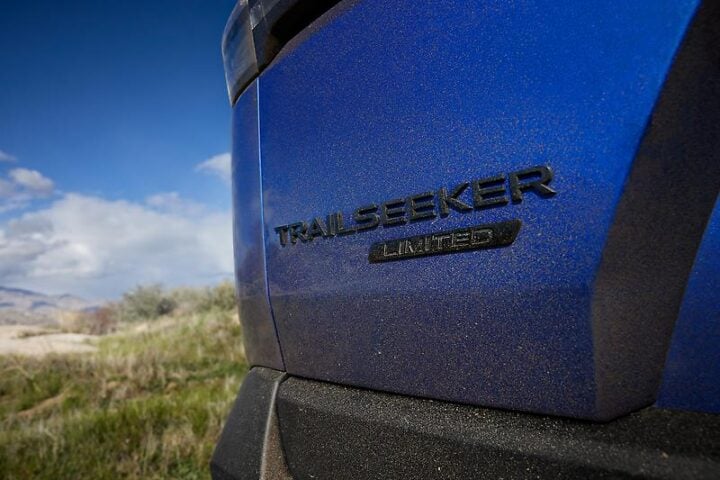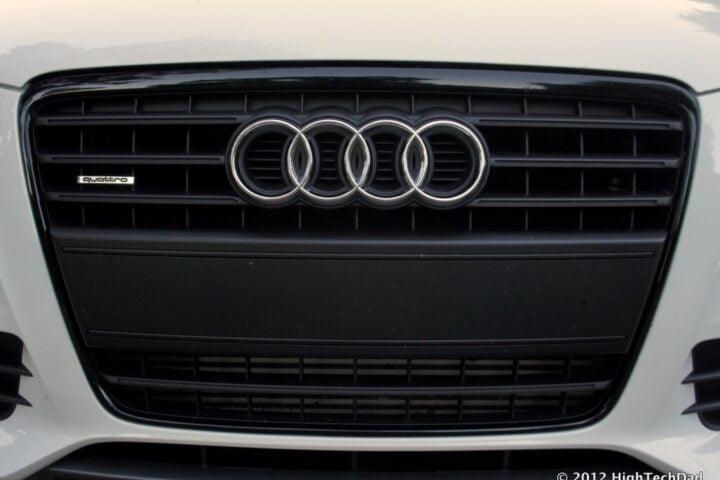In an ambitious stride toward futuristic mobility, Hyundai Motor Group has taken the innovative concept of “walking cars” beyond the realms of imagination, bringing us closer to a reality filled with possibilities. Seizing the baton in technology advancements, this South Korean auto giant has secured patents for its revolutionary concept cars in the United States, as disclosed by the US Patent and Trademark Office.
The Birth of UMV: Unleashing Potential Beyond Limitations
Affectionately known as UMV (Ultimate Mobility Vehicle) and Elevate, this trailblazing concept car is envisaged to push the boundaries of transportation. Utilizing a novel blend of traditional wheels and robotic legs, it promises an unrivaled maneuverability, able to navigate flat roads as smoothly as the toughest terrains.
As stated in the patent filing, the four wheel-leg units are orchestrated in perfect harmony to drive the vehicle, allowing it to make quiet and improved strides in comparison to regular wheel movement. According to Hyundai, this extraordinary creation offers the capacity to mimic mammalian and reptilian gaits, providing a versatile solution for exploration, construction, and disaster relief.
Similar Post
Probing Possibilities: Serving and Exploring
This innovative vehicle has been outlined as useful for “senile mobility” and “search and rescue” missions, addressing critical societal issues. Envisioning a more inclusive future, Hyundai’s UMV, with its adaptability, could transform the lives of the elderly or disabled by significantly easing ingress and egress.
Moreover, the UMV’s potential to serve in challenging terrains could revolutionize emergency services, going where no conventional SUV could. Its ability to effectively traverse tricky terrain and steep elevations, even having the capability to “jump” over gaps, is a testament to its potential role in disaster relief.
The patent filing also indicates the plan for an unmanned version of the vehicle, opening avenues for exploration and goods delivery in inaccessible areas.
Technological Triumph: Navigating the Future
An interesting highlight of the patent filing is the possibility of full or partial autonomy, particularly in “walking mode”. This could facilitate the vehicle to overcome obstacles while the driver is out of the vehicle. A key feature that sets this apart is the ability of the wheels, acting as the UMV’s feet, to rotate 180 degrees to the hob during the climbing phase or self-restoration. Hyundai has previewed this feature on a modified version of the Ioniq 5, similar to the Hummer EV’s crab mode.
Nevertheless, when on tarmac roads, the UMV can function as a semi-autonomous regular car, proving its adaptability and efficiency in different scenarios.
Professor Kim Pil-su, an automotive engineering teacher at Daelim University, rightly pointed out, “Patents serve as an indicator that shows the direction in which a firm is headed.” Hyundai, by patenting their invention, has firmly set their foot in the arena of specialized robot mobility, ready to navigate the most unusual terrains.
Venturing into the Unseen
With the creation of UMV, Hyundai has shown us that it is not waiting for the future, but shaping it. The question remains, are we ready to take that leap? As Hyundai pioneers this revolutionary concept, we look forward to seeing how the world adapts to and embraces this exciting development in the automotive industry.


















